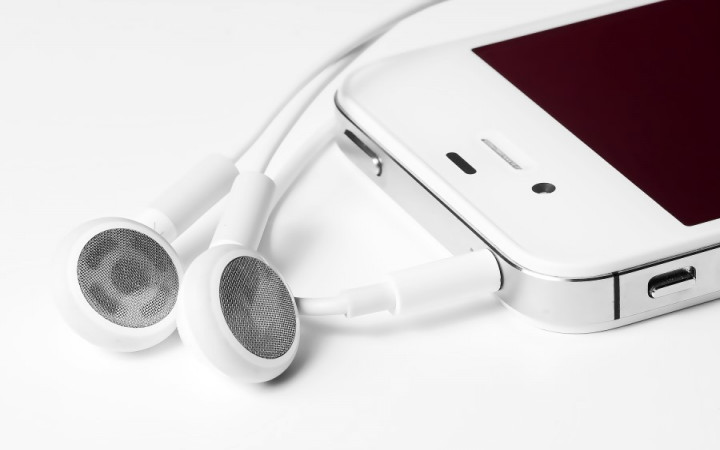Today’s Wonder of the Day was inspired by April. April Wonders, “What is the most popular kind of music?” Thanks for WONDERing with us, April!
Do you love to listen to music? Some kids like to listen to their favorite tunes when they study. Others think jamming to the latest songs helps long trips in the car pass by more quickly. Athletes know that certain songs can get their blood pumping and ready for the big game.
But have you ever thought about HOW you listen to music? Probably not. After all, everyone knows you just pop in your earbuds and connect to your phone or another device, right? Would you believe it hasn’t always been done that way?
The way people listen to music has changed dramatically over the course of the last 100+ years. All the way back in the late 1800s, the first musical recordings were produced on small wax phonograph cylinders. They could hold a whopping two minutes of music.
Phonograph cylinders eventually gave way to vinyl and plastic long-playing (“LP”) records. The larger vinyl records could hold almost 45 minutes of music. Of course, you had to be careful with them. They were easy to scratch and would warp easily if they got too hot.
In the mid-1960s, the 8-track tape became popular. It took off because it was the first format you could easily take along in the car with you. An 8-track tape deck became a popular add-on in many vehicles. Unfortunately, the popularity of 8-track tapes waned. They were largely forgotten when cassette tapes shot onto the scene in the late 1970s and early 1980s.
Cassettes were hugely popular because they could hold about an hour’s worth of music. They were also smaller and thus even more portable. Many people also bought blank cassette tapes and recorded their favorite songs from the radio onto them. They could also make their own custom mix tapes of favorite songs.
Cassettes remained popular for many years until digital music took over with the invention of the compact disc (CD). CDs could hold even more music— over 80 minutes. CDs were also very portable and durable.
CDs became less common in the early 2000s when people started downloading music. They could find their favorite music online and download it to an MP3 player. This device got its name from the type of files it stored—MP3s. Some people today still use MP3 players. Many people also store music on their phones. When they’re ready to listen, they just connect their earbuds and press play.
Digital music files are much easier to store than 8-tracks, cassettes, or CDs. For example, a 120-gigabyte MP3 player holds over 280 hours of music! You’d have to carry around over 2,000 compact discs for that much music! It’s about the same as 3,000 cassette tapes or 4,000 8-track tapes. That would require over 28,000 vinyl records!
However, many people today don’t download or buy music at all. Instead, they stream their favorite music from online services. Spotify, Pandora, Tidal, Apple Music, and others allow music lovers to play music from any device. Most of these services have a free account option, but some charge a small fee. Today, streaming is the most common way to listen to music.
Many changes have taken place in music formats over the years. It can be fun to WONDER what the next 10 years will bring. What do you think? In another 10 years, how will you be listening to your favorite music? Will you still be streaming music on a smartphone? Or will there be something even smaller and more fantastic ahead?
Standards: C3.D2.His.2, CCRA.L.3, CCRA.L.6, CCRA.R.1, CCRA.R.2, CCRA.R.4, CCRA.R.10, CCRA.SL.1




